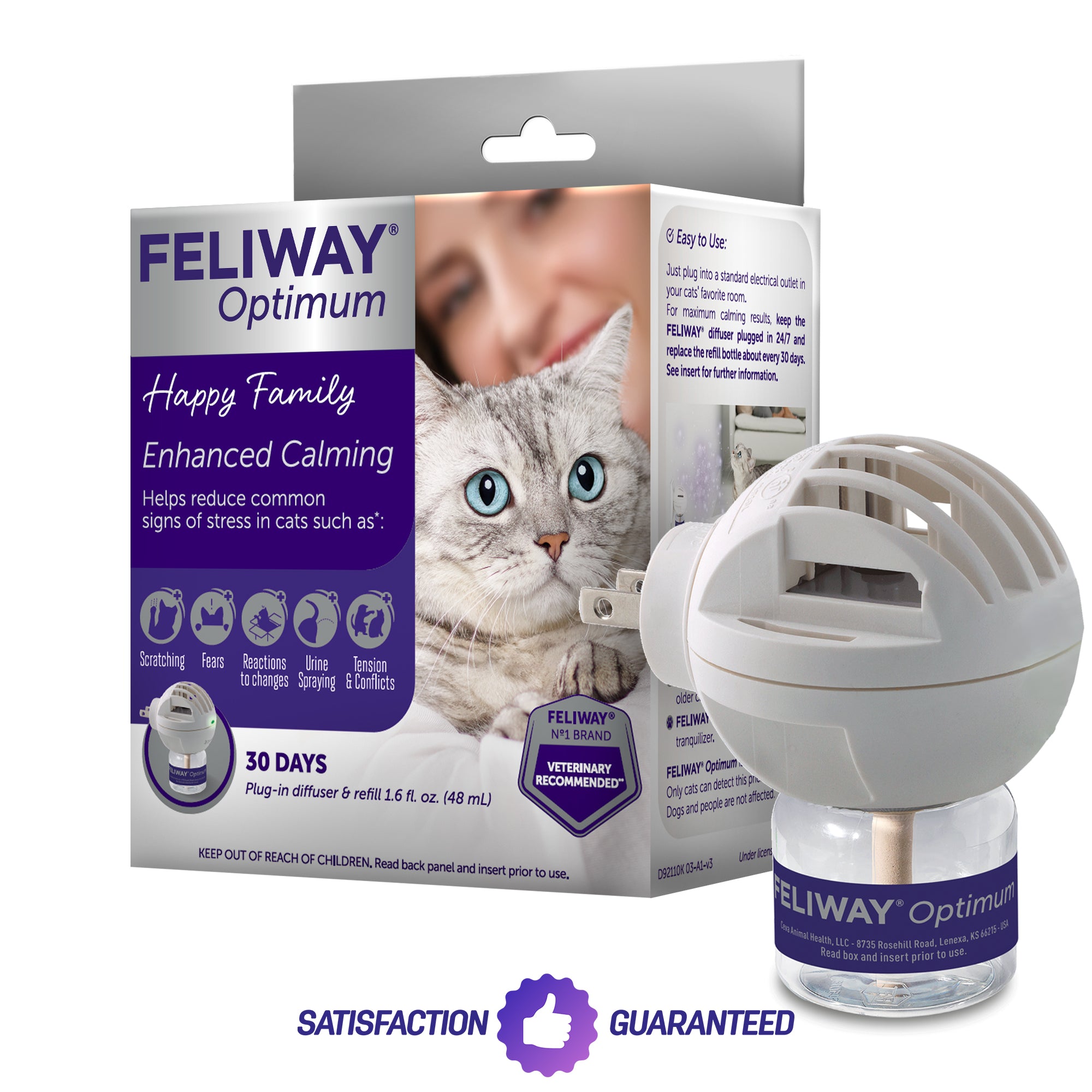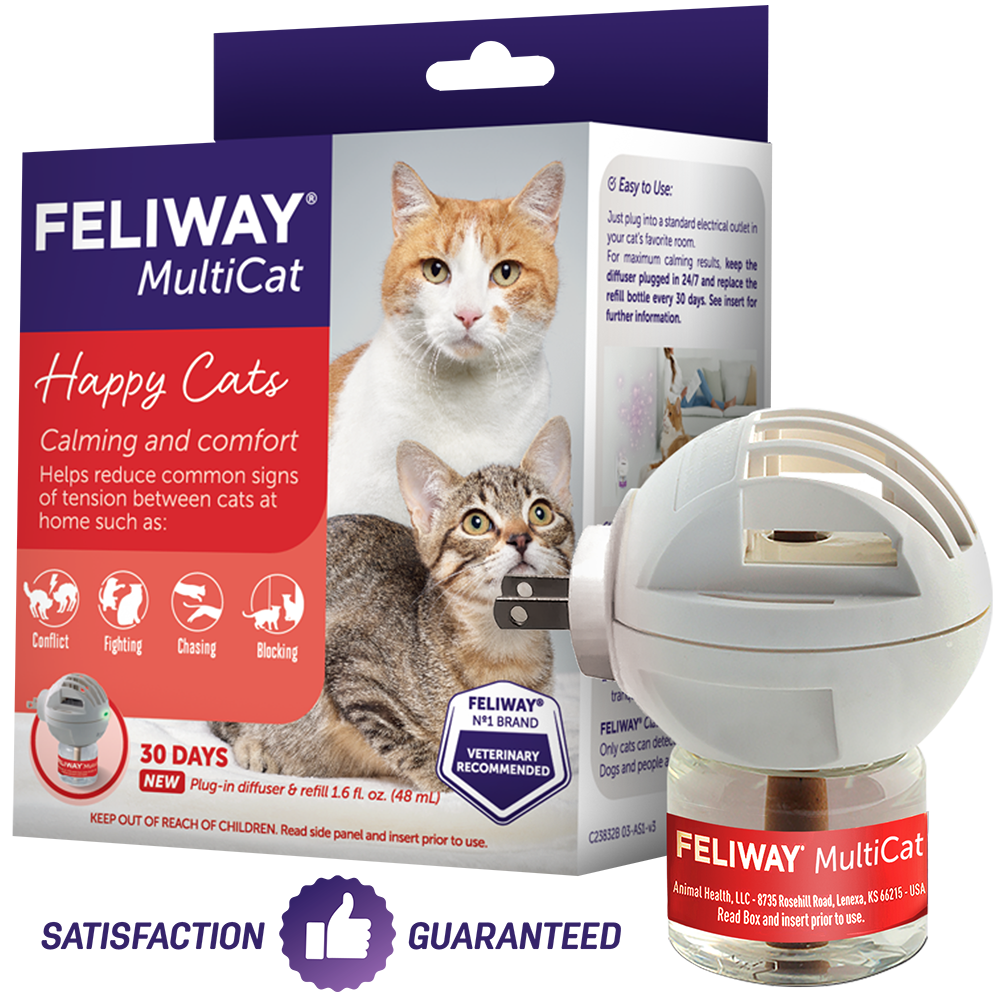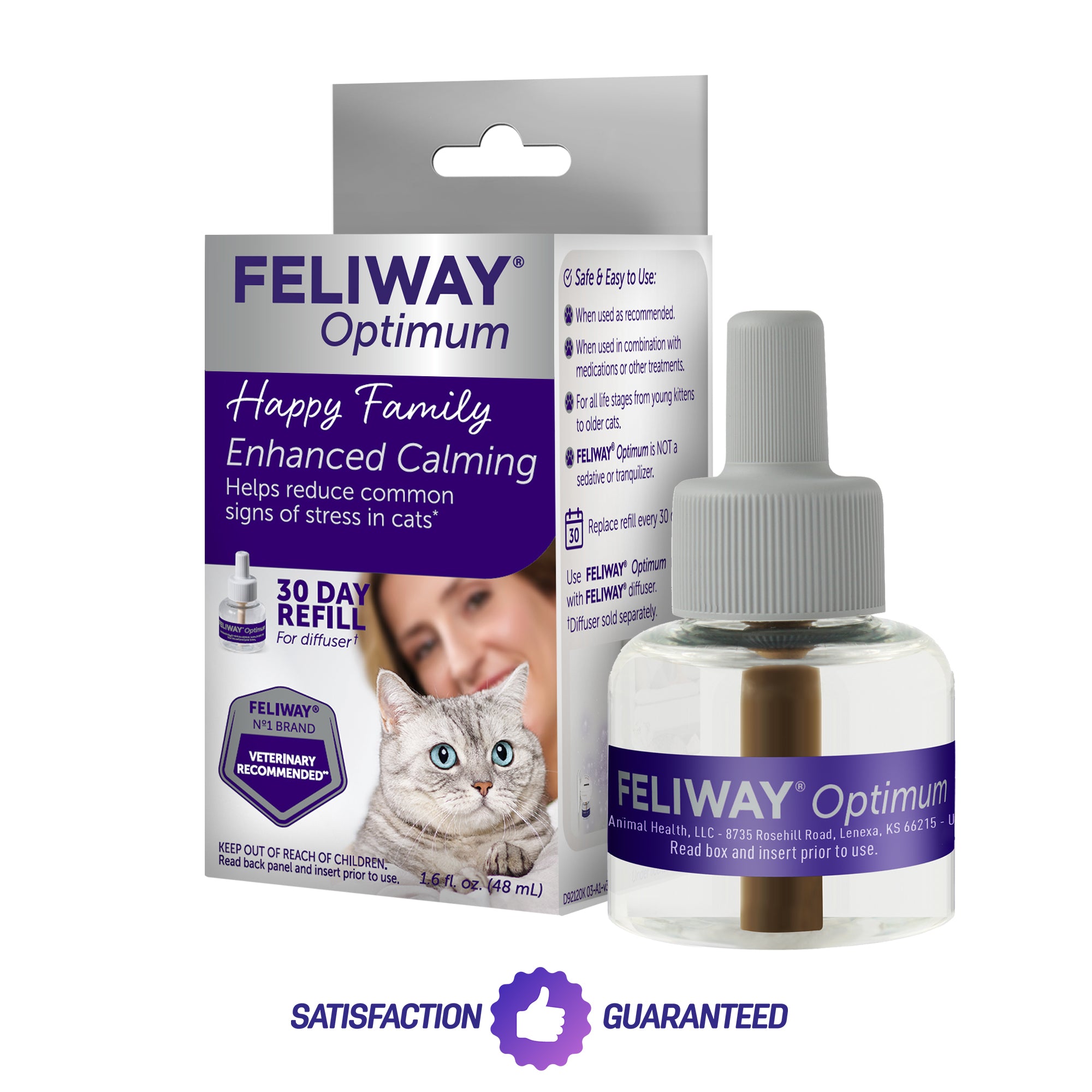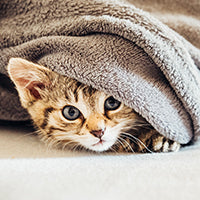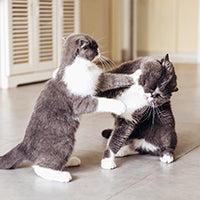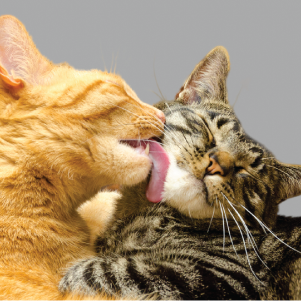
Do Cats Get Bored? Spot the Signs and Keep Your Kitty Happy
Although our feline friends are often seen as independent pets who enjoy lounging around the house, it doesn’t mean they’re immune to boredom. Much like us humans, cats can get bored from time to time. The signs of boredom in cats can be easy to spot when you know what to look for!
In this blog, we’ll explore some of the signs that your cat might be feeling bored and what’s causing it. By recognizing these signs, you can help bring some more excitement to their day, keeping them happy and entertained.
Do Cats Get Bored?
Their relaxed demeanor may say otherwise – but yes, cats do get bored. Especially if they are left at home for hours without interaction or stimulation. Our furry companions are intelligent and curious creatures. While they may seem overly independent at times, the truth is they need us to provide mental and physical stimulation to keep them happy and healthy.
Without an outlet for their natural behaviors, cats can get bored indoors. This boredom can lead to them feeling frustrated and restless.

What Causes Boredom in Cats?
Even though cats love their sleep, they still need things to keep them entertained during the hours they're awake. The environment a cat is in plays a big role in the way they feel. So, if you want to know how to tell if your cat is bored, see if you can spot any of the following things:
-
Lack of environmental stimulation – If your cat’s environment doesn’t provide them with enough enrichment, they’re likely to get bored. Indoor cats especially do not get the same opportunities for stimulation as outdoor cats, so consider how you can provide variety in their daily routine.
-
Too much of the same - Although cats like routine, it is a good idea to bring some novelty into their lives to keep things interesting. To add some more excitement, why not rotate different toys, vary feeding options, or teach them new things with training.
- Under stimulation – Even the most independent cats need social and sensory engagement with their human as well as an outlet for their energy. Giving cats options to play at different points in the day is a perfect way to help them use their natural hunting drive.

Signs of Boredom in Cats
If you’re asking yourself “Is my cat bored?”, look out for these telltale signs:
-
Excessive sleeping – A change from their normal sleeping pattern or being less interested in activities.
-
Disruptive behavior – Such as scratching the furniture, damaging the carpet and knocking things over.
-
Increased vocalization – Meowing for attention.
-
Overgrooming – A self-soothing behavior that can result in bald patches or sore skin.
-
Appetite changes – Overeating or a lack of appetite.
-
Restlessness - Such as zoomies that are more frequent than usual or pacing.
-
Irritability – Towards other cats, pets or humans in the home.
Of course, these signs of boredom in cats could also be due to underlying medical conditions. It’s important to visit a vet if your cat is experiencing any of the above behaviors outside of their norm.

How to Prevent Boredom in Cats?
Rotate Toys Regularly
A great way to prevent boredom in cats is by keeping toys fresh, rotating them and putting others away out of sight. Including toys with a mix of textures, sounds, and movement can keep your cat physically and mentally stimulated.
Depending on your cat’s preferences, incorporate items such as feather wands, crinkle balls and toys with catnip into a daily playtime schedule. Food puzzles and treat-dispensing toys are another great way to keep your kitty mentally engaged when you can’t be around.
Provides Outlets for Natural Behaviors
It’s important to create an environment for your cat that allows them to have an outlet for their natural behaviors. Some things you can do to create the perfect home environment that limits boredom for your cat are:
-
Provide perches for watching what is happening around and outside.
-
Add vertical space, like cat trees or shelves, for climbing and exploring.
-
Make sure your cat has options for different places to rest – cats love to have some choice!
-
Ensure your cat feels safe and secure in your home by plugging in FELIWAY® Optimum in the room they spend the most time in.
-
Consider if there are ways to provide some stimulation from outside, such as creating natural hiding spots and climbing structures.

Vary Treats and Flavors
Introduce new cat-safe treats or rotate between different treat flavors for some tasty variation. It’s great to use treats as part of your cat’s enrichment or training, rather than just as snacks.
Did you know that Happy Snack by FELIWAY® is now available in an all-new salmon, as well as the original chicken flavor? Happy Snack is a creamy, lickable, and a delicious treat to add variety to your feline friend’s treat rotation.
Consider a Companion
It’s important to try other ways to prevent your cat’s boredom before getting them a companion, as this is a decision that should be carefully considered! Nevertheless, some cats do benefit from the company of another feline, as it can help reduce loneliness and provide more social interaction.
When introducing your cat to a companion, the process must be slow and thoughtful. You must also create a calm and comfortable environment for them. Using a FELIWAY® Optimum diffuser is an effective way to support harmonious kitty relationships! Pair this with Happy Snack by FELIWAY® to create positive, happy moments between your cat and their new companion, offering them a calming treat separately as a bonding experience during the introduction process. If you’d like to learn more, we have lots of articles about multi-cat households and introductions to guide you through the process.
Would you like to know more about how to read your cat’s signals? Check out the rest of our blogs online, and don’t forget to sign up to our newsletter to remain up to date with all the latest info!
